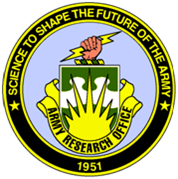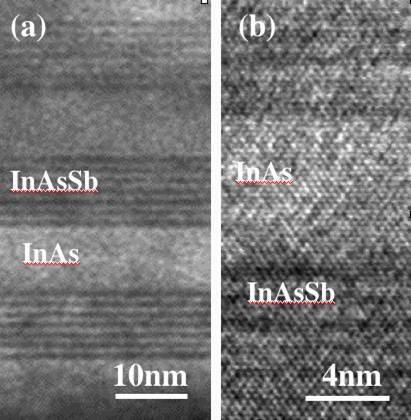

 |
 |
|---|
| Links: Task 1: Theoretical & Experimental Study of Defects Task 2: Innovative Growth and Fabrication Processes for Defect Reduction Task 3: Evaluation of Defect Reduction Approaches and Device Applications Kickoff Documents (Restricted) 2011 Annual Review (Restricted) |
Task 1: Theoretical and Experimental Study of DefectsTask
Leader: David
Smith (ASU)
Theoretical studies have indicated that T2SL-based LWIR devices can have similar, if not superior performance compared to the traditional HgCdTe (MCT). However, T2SL materials have yet to demonstrate carrier lifetimes as long as 1 us, which have been observed in MCT. High densities of point/line defects, interfacial traps, and surface states have been identified as the underlying causes for lower lifetimes and poor performance. To further improve the quality and performance, a study of defect formation and their impact on low-bandgap applications such as T2SL IR detectors. To this end, we will investigate the following:
 InAs/InAsSb T2SL in a MWIR laser structure (Images taken by Smith, ASU.) revealing very high quality of the materials (YH Zhang, ASU) |